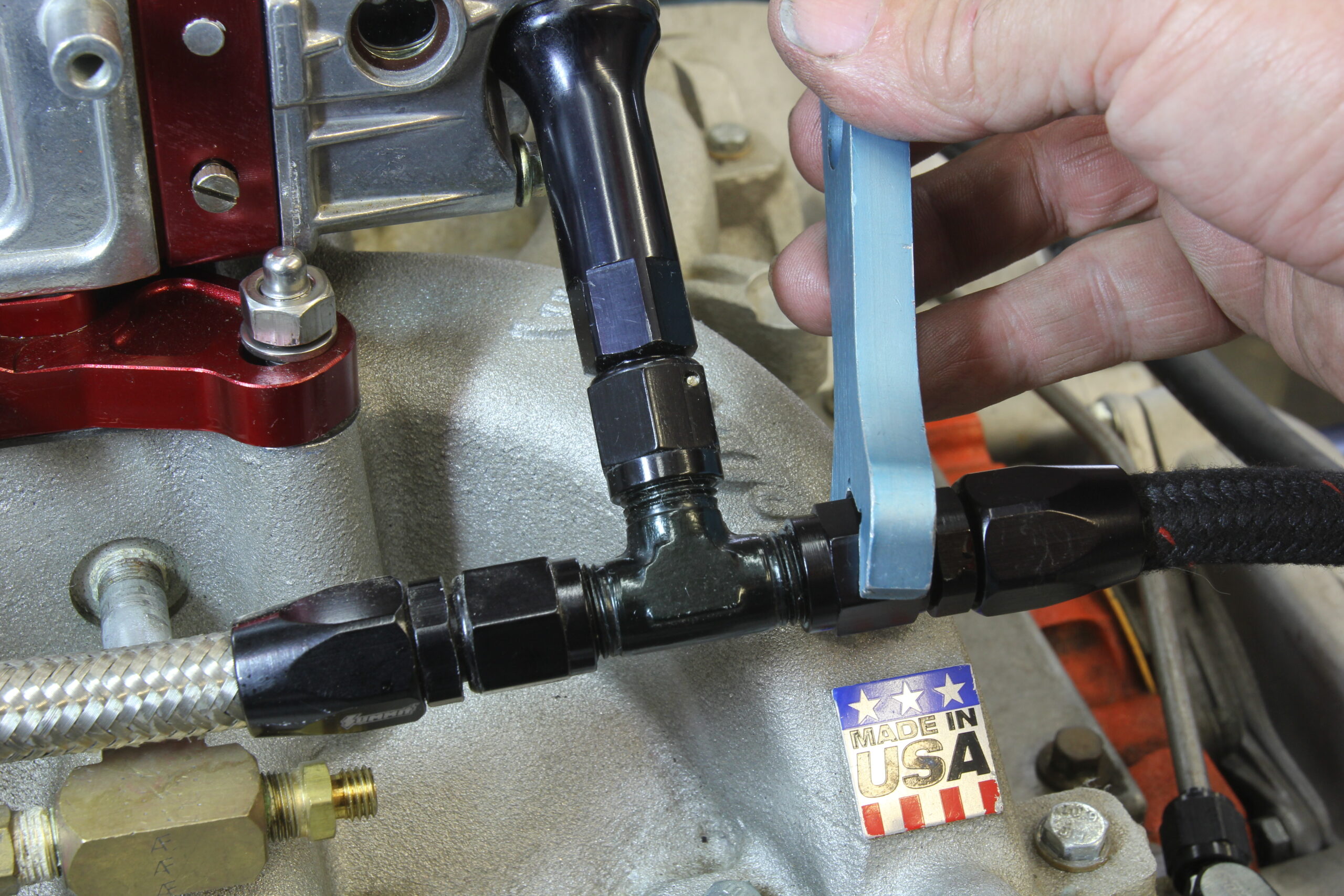How to fix a leaking fuel line connector? Replacing a leaking fuel line connector can be done easily and inexpensively using the right repair kit.

Most kits will include new gaskets and O-rings, which must be swapped out for the old ones before reconnecting the fuel lines. This process should take no longer than a few minutes as long as all the components are in working order. Once everything is securely fastened back together, drivers can see that their vehicle’s leaky connection has been properly sealed off from any further damage or risk to themselves or others on the road.
10 Easy Steps on How to Fix a Leaking Fuel Line Connector?

If you have noticed a damaged fuel line connector in your car, it is important to take immediate action. To fix the leaking component, try taking these steps:
1. Maximize Safety
How to fix a leaking fuel line connector? Before you start any task, make sure that the area is well-ventilated and that all safety measures have been taken. This means wearing gloves to protect hands from dangerous materials or sharp objects and having eye protection in case of particles flying into your eyes. In addition, be sure to always keep a fire extinguisher nearby just in case an emergency arises during work procedures. Safety should always come first.
2. Locate the Leaking Fuel Line
Begin by identifying which specific fuel line connector is leaking. It could be located near your vehicle’s engine compartment or tank, use a flashlight if necessary to get an accurate view of its location. Determine the style of connection that exists between two elements – e.g., whether barbed fittings are in place along with piping connections- once you have figured this out, then move forward with taking corrective action accordingly.
3. Release Pressure from Fuel System
It is important to ease the pressure in the fuel system before attempting any repairs on a leaking fuel line connector. To do so, find and remove the fuse or relay for your car’s fuel pump from its engine compartment box. Turn on your vehicle and let it run until it shuts off due to lack of gas. This process should release all the necessary stress within that part of the automobile.
4. Separate Fuel Line
To safely and effectively disconnect the fuel line from both sides of a leaking connector, you will need to use specialized tools. First, have a container ready before beginning so that any excess fuel can be collected during this process. Then, carefully loosen each side of the connector by using an appropriate wrench or screwdriver, depending on which type is used in your vehicle’s system. Make sure not to over-tighten when securing them back together after repair as well. So make sure hand-tightening is all that is required; if more tightening needs done, then opt for another tool such as pliers instead. Once disconnected properly. Also, follow safety protocol procedures regarding proper disposal and handling instructions to prevent further hazards related to spilled petrol.
5. Check the Connector
Once the fuel line has been detached, check to see if there is any visible damage or cracks in the leaking connector. If damages cannot be repaired, a substitution will need to take place. In contrast, if everything looks fine and undamaged, move forward with the next step of this procedure.
6. Lubricate and Clean
Using a soft cloth or small brush, scrub away any dirt and grime that has built up on the fuel line and connector. Get rid of all build-up from these areas. Afterward, apply just enough lubricating oil or petroleum jelly onto the area around the connection in order to ensure it fits tightly together without issues later down the road.
7. Reconnect the Fuel Line
Carefully attach the fuel line to either a new or repaired connector. Make sure you secure it in place and that there are no signs of leakage. Verify both sides of the connection for an effective seal before finishing up.
8. Check for Leakage
To test for fuel leakage, turn the ignition key to “ON” for a few moments without starting up the engine as a way of pressurizing the fuel system. After this step is completed, look around and make sure there are no signs of any leaking where repairs had been made earlier regarding connectors. Once all looks secure from that standpoint, you can move forward with your next task.
9. Restore Pressure back to the Fuel Line
Reinstalling the fuel pump relay or fuse that was taken out before will bring back pressure to the fuel system. Start up your engine and leave it running for a few minutes in order to ensure everything works as intended. Keep an eye on possible leaks or any other irregularities while you’re at it.
10. Dispose Used Materials
How to fix a leaking fuel line connector? Once the repair is confirmed to be successful and there are no further issues. Make sure you clean up any fuel or particles that may have been spilled during repairs. Properly dispose of used materials so as not to cause other environmental hazards. Completing these steps will help ensure your vehicle’s fuelling system operates optimally for years to come.
Conclusion
It’s important to routinely check your vehicle’s system for any leaks and deal with them immediately before any significant damage occurs that might present an impending danger if left unaddressed. Therefore, it should not be downplayed how critical it is to keep up a healthy fuel line connector and act swiftly in mending all leakages as soon as possible. Now we have successfully learned how to fix a leaking fuel line connector fixing a fuel line shouldn’t be a problem.
